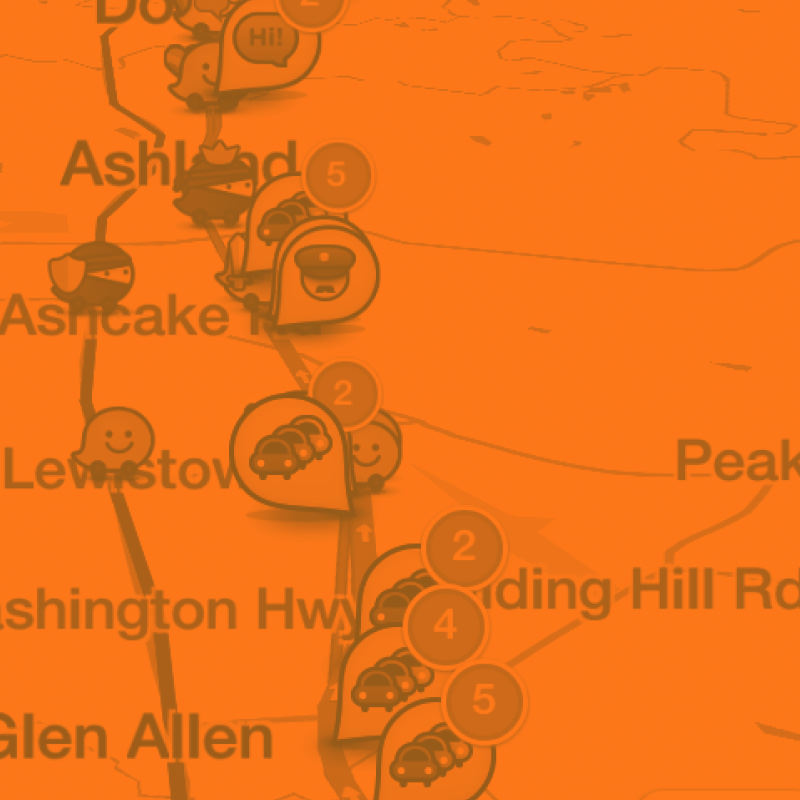March 07, 2017
With its narrow streets, numerous intersections, and high-speed vehicle traffic, historic Esplanade Avenue in New Orleans had become one of Louisiana’s most hazardous routes for pedestrians and cyclists. The Paths to Progress Program, a coordinated transportation improvement program between the Federal Highway Administration’s Louisiana Division Office, the Louisiana Department of Transportation and local agencies changed......










